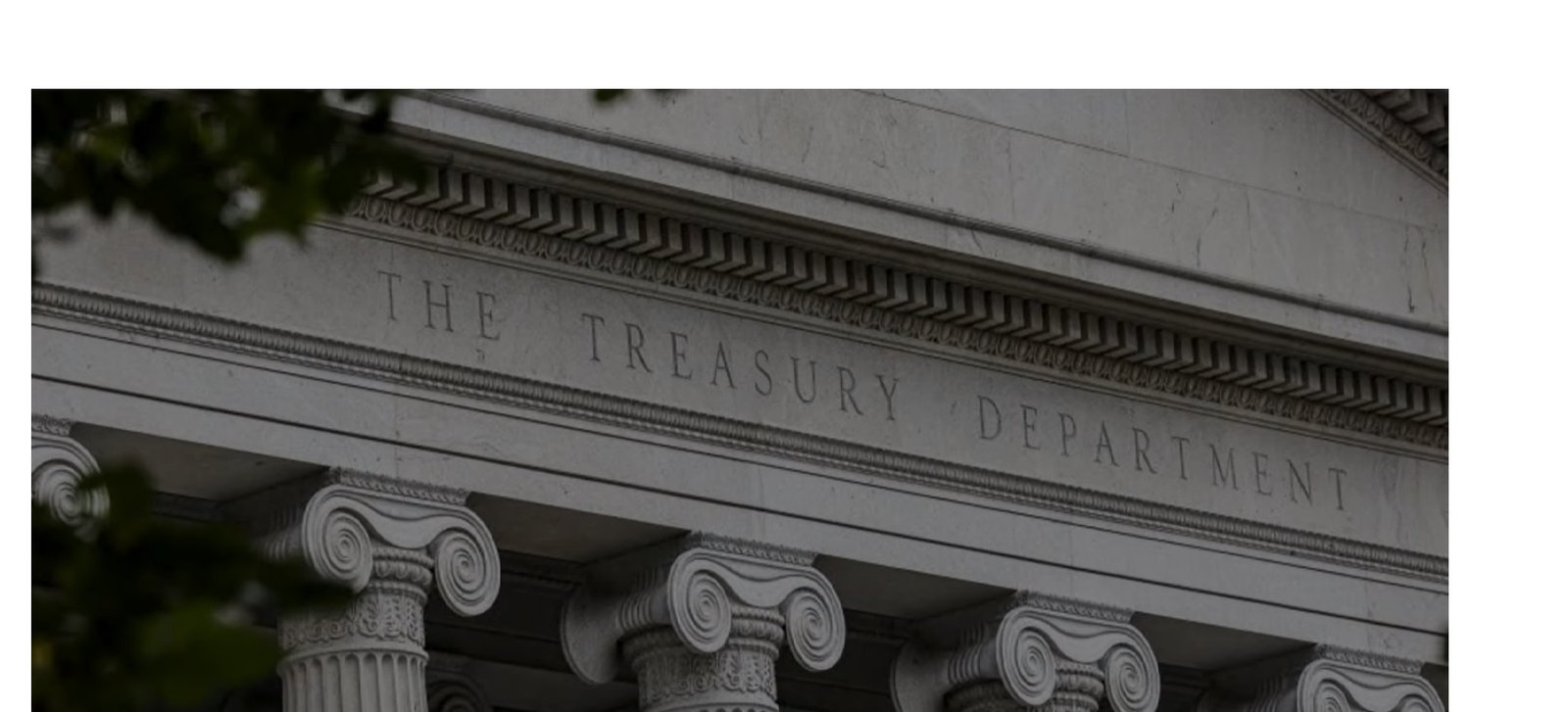Imagine waking up to the news that the United States Treasury, the very institution holding the financial bedrock of the nation, has been compromised by a cyberattack. This isn’t a scene from a blockbuster thriller—it’s a stark reality that unfolded in December 2024. Let’s dive into the story of this United State Treasury cyberattack and explore its implications for the nation’s cybersecurity future. 🕵️♂️
The Attack Unfolds 🖥️
On December 8, 2024, the U.S. Treasury Department discovered a severe cybersecurity breach linked to a third-party software provider, BeyondTrust. Hackers exploited a vulnerability in the company’s remote support software. By stealing an authentication key, they gained access to Treasury workstations, allowing them to view unclassified documents and gather potentially sensitive information.
This United State Treasury cyberattack is believed to have been orchestrated by Chinese state-sponsored actors. While the stolen data was not classified, the breach underscores just how vulnerable critical infrastructure can be.
How Did They Do It?
Cyberattacks often exploit weaknesses in systems, and this breach was no different. Here’s what the hackers did:
Exploiting Vulnerabilities: Using stolen authentication credentials, they bypassed critical security systems.
Targeting Unclassified Data: Although they didn’t reach classified files, the attack likely focused on economic datasets and administrative details.
Leveraging Trusted Systems: By compromising BeyondTrust, the hackers utilized trusted software to infiltrate government systems.
Such tactics are part of a broader strategy often employed by state-sponsored actors, blending technological sophistication with relentless persistence.
The Immediate Fallout 🌩️
As soon as the breach was detected, swift action was taken:
Shutting Down Access: The compromised software service was immediately taken offline.
Engaging Experts: The Treasury collaborated with the FBI, the Cybersecurity and Infrastructure Security Agency (CISA), and intelligence agencies to contain and investigate the breach.
Ongoing Investigation: Efforts are underway to assess the full scope of the damage and identify all vulnerabilities that allowed the attack.
While these actions mitigated immediate risks, the United State Treasury cyberattack served as a wake-up call to enhance defenses against evolving cyber threats.
Why Does It Matter? 🤔
The U.S. Treasury isn’t just any government department—it’s the backbone of national financial stability. A successful United State Treasury cyberattack can:
Destabilize Markets: Manipulating or leaking sensitive economic data could cause financial turmoil.
Undermine Trust: Public confidence in government systems might erode, especially if vulnerabilities persist.
Jeopardize National Security: State-sponsored actors often aim to gain intelligence or disrupt critical operations
The Global Fallout 🌎
This breach highlights broader geopolitical tensions, particularly between the U.S. and China. While Chinese officials have denied involvement, U.S. representatives have voiced concerns over increasing cyberattacks attributed to state-backed groups. These incidents reflect a growing cyber arms race, where nations deploy advanced tools to outmaneuver each other in the digital arena.
Building a Stronger Defense 🛡️
In the wake of the attack, U.S. agencies are doubling down on cybersecurity. Some key measures include:
Strengthening Third-Party Oversight: Ensuring external software providers meet rigorous security standards.
Enhanced Monitoring: Real-time threat detection systems are being upgraded to spot unusual activity faster.
Collaborative Strategies: Government agencies and private companies are working together to create a more robust cyber defense framework.
The response to the United State Treasury cyberattack also emphasizes the importance of international collaboration to address the rising tide of cyber warfare.
Looking Ahead 🌟
Cybersecurity isn’t just a government issue—it’s a collective challenge. As digital systems become more integrated into our lives, protecting them becomes everyone’s responsibility. This incident is a reminder that vigilance, innovation, and collaboration are key to navigating the threats of the digital age.
What’s Your Take? 💬
Do you think the U.S. is doing enough to counter cyber threats? Should there be stricter regulations for third-party software providers? Share your thoughts below—we’d love to hear from you! And if you’re interested in how cybersecurity is shaping our world, check out CISA’s Cybersecurity Resource Page.

